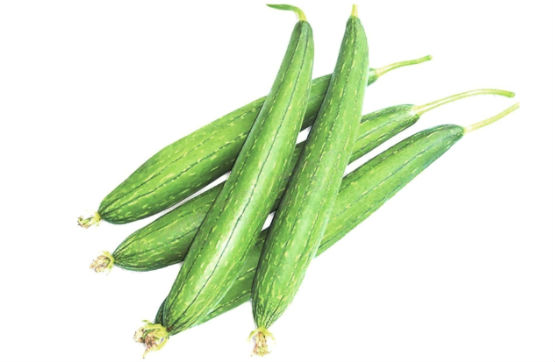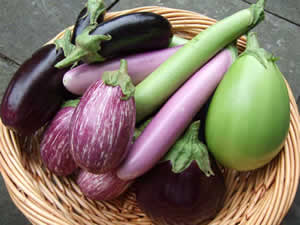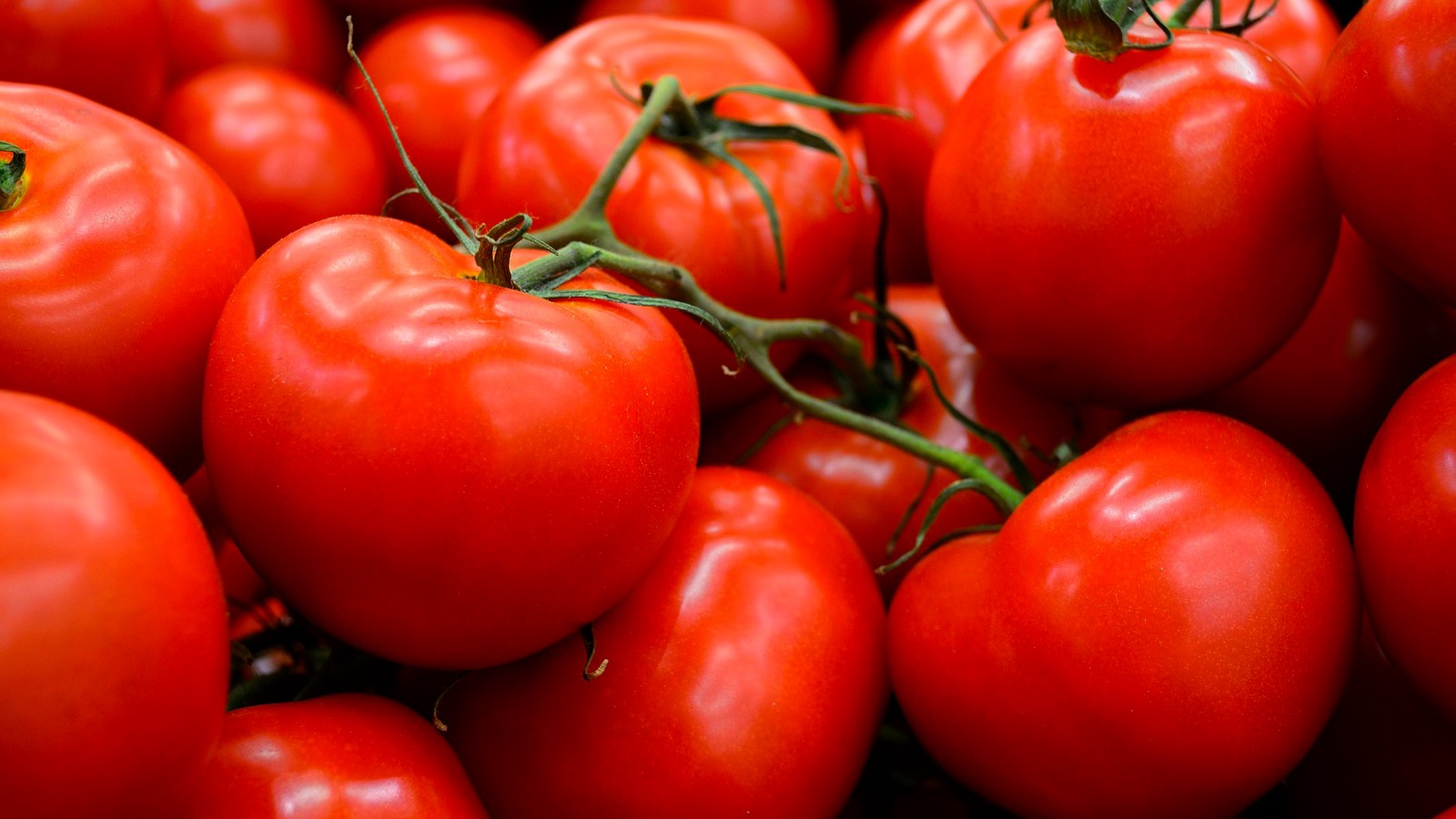Irrigation Management in Sponge Gourd:-
- A good soil moisture is essential for proper germination of seeds.
- Presowing irrigation is advised for proper germination.
- Second irrigation should be given after sowing.
- Later irrigation depends on the season and soil conditions.
- Usually irrigation is done at 4-5 days intervals in summer and at 8-10 days interval in winter season.
Like and share with other farmers by clicking on button below
Share







